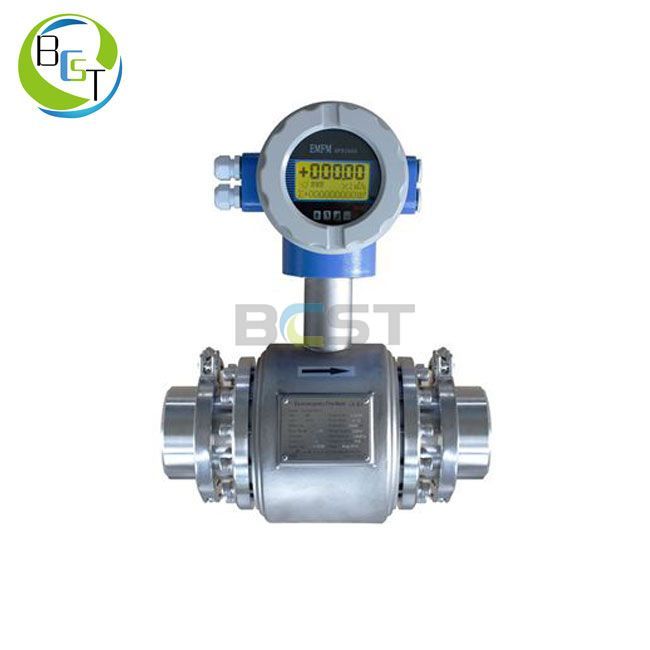How to Install Electromagnetic Flowmeter?
The electromagnetic flowmeter is a volumetric flowmeter without any moving parts. It is ideal for waste water applications or any conductive or water based dirty liquids. The electromagnetic flowmeter is also ideal for applications requiring low pressure drop and low maintenance costs.
The electromagnetic flowmeter is a volumetric flowmeter without any moving parts. It is ideal for waste water applications or any conductive or water based dirty liquids. The electromagnetic flowmeter is also ideal for applications requiring low pressure drop and low maintenance costs.
Electromagnetic flow meters are not normally suitable for hydrocarbons, distilled water and many non-aqueous solutions.
How does an electromagnetic flowmeter work?
Electromagnetic flow meters use a magnetic field to generate and direct the flow of liquid through the pipe. When a conductive fluid flows through the magnetic field of the flowmeter a voltage signal is generated. The faster the fluid flows, the greater the voltage signal generated. An electrode sensor located on the wall of the flow pipe receives the voltage signal and sends it to an electronic transmitter, which processes the signal to determine the flow rate of the fluid.

There are three types of electromagnetic flow meters.
The specific requirements of your application will determine which type of electromagnetic flowmeter is best:
Insertion type electromagnetic flowmeter - best suited to large pipeline applications
In-line electromagnetic flowmeter - best suited to applications requiring high accuracy or higher flow rates
Low-flow magnetic meters - best suited to low-flow applications
How to install electromagnetic flowmeter?
Installation considerations for automatic stretch wrap machine.
Choose a location for the sensor where the flow curve is fully expanded and free from any interference. A minimum of 10 pipe diameters upstream and a minimum of 5 pipe diameters downstream is recommended. In some cases it may be necessary to use 20 times or more the pipe diameter upstream to ensure that the turbulence curve is fully developed. Insertion type electromagnetic flow meters are sensitive to air bubbles on the electrodes. If there is any doubt about the absolute filling of the pipe, install the sensor at an angle of 45 to 135 degrees.
Grounding requirements
Electromagnetic flow sensors are sensitive to the electrical noise present in most piping systems. In plastic piping systems, the fluid carries a lot of static electricity and must be earthed for optimum electromagnetic flow meter performance. The installation manual contains instructions on how to optimally ground the electromagnetic flow meter.
Electromagnetic flow meters are highly sensitive to air bubbles, which can cause the electromagnetic flow meter to read high. The flowmeter should be oriented to ensure that the flowmeter is completely filled with water. If there is any question that the pipe may not be absolutely full, install the sensor at an angle of 45 to 135 degrees to avoid compromising the accuracy of the flow measurement.